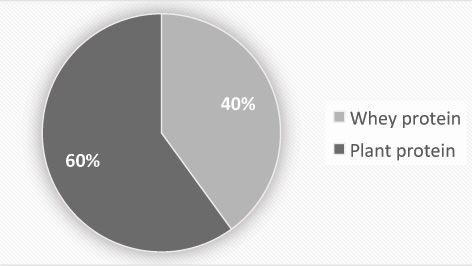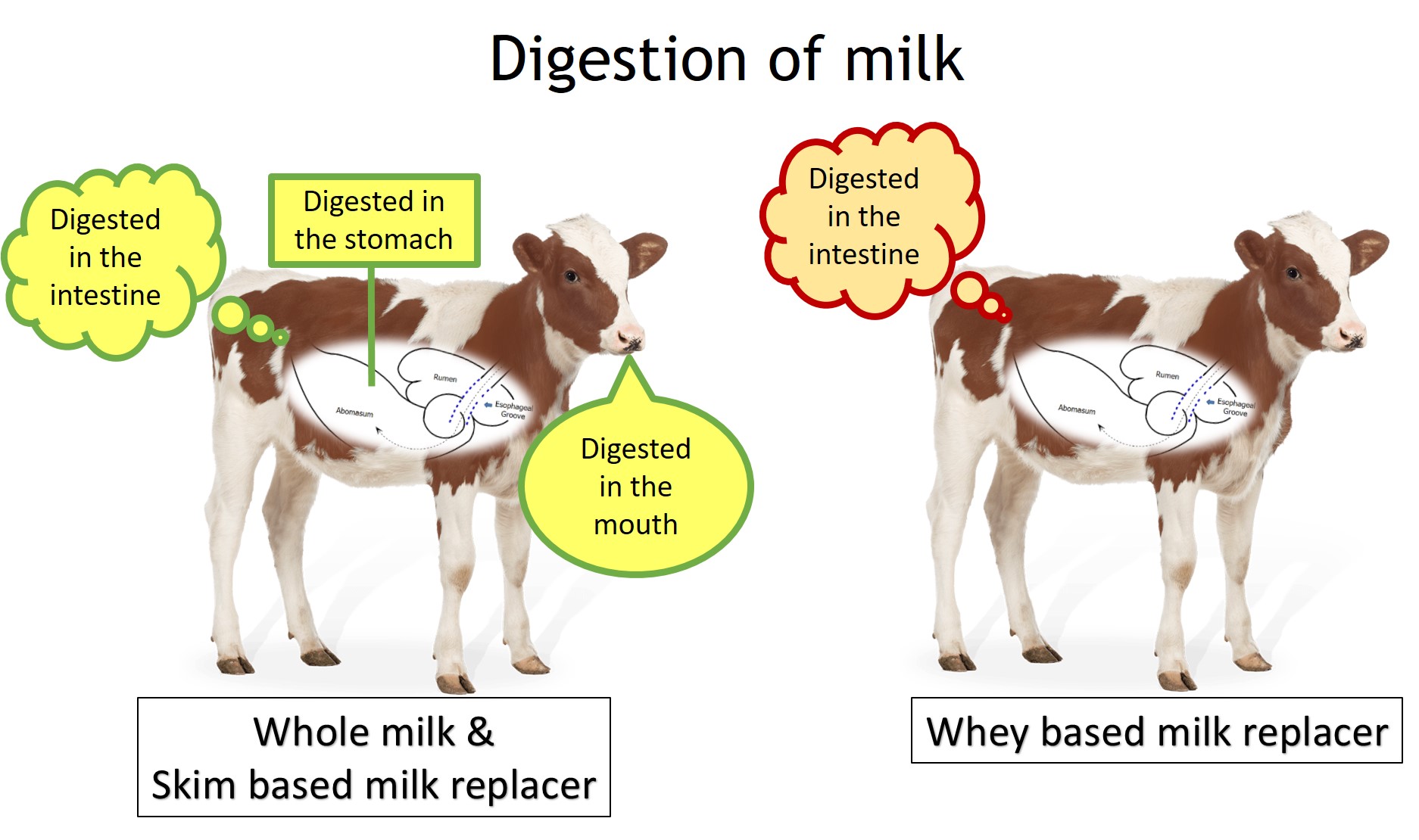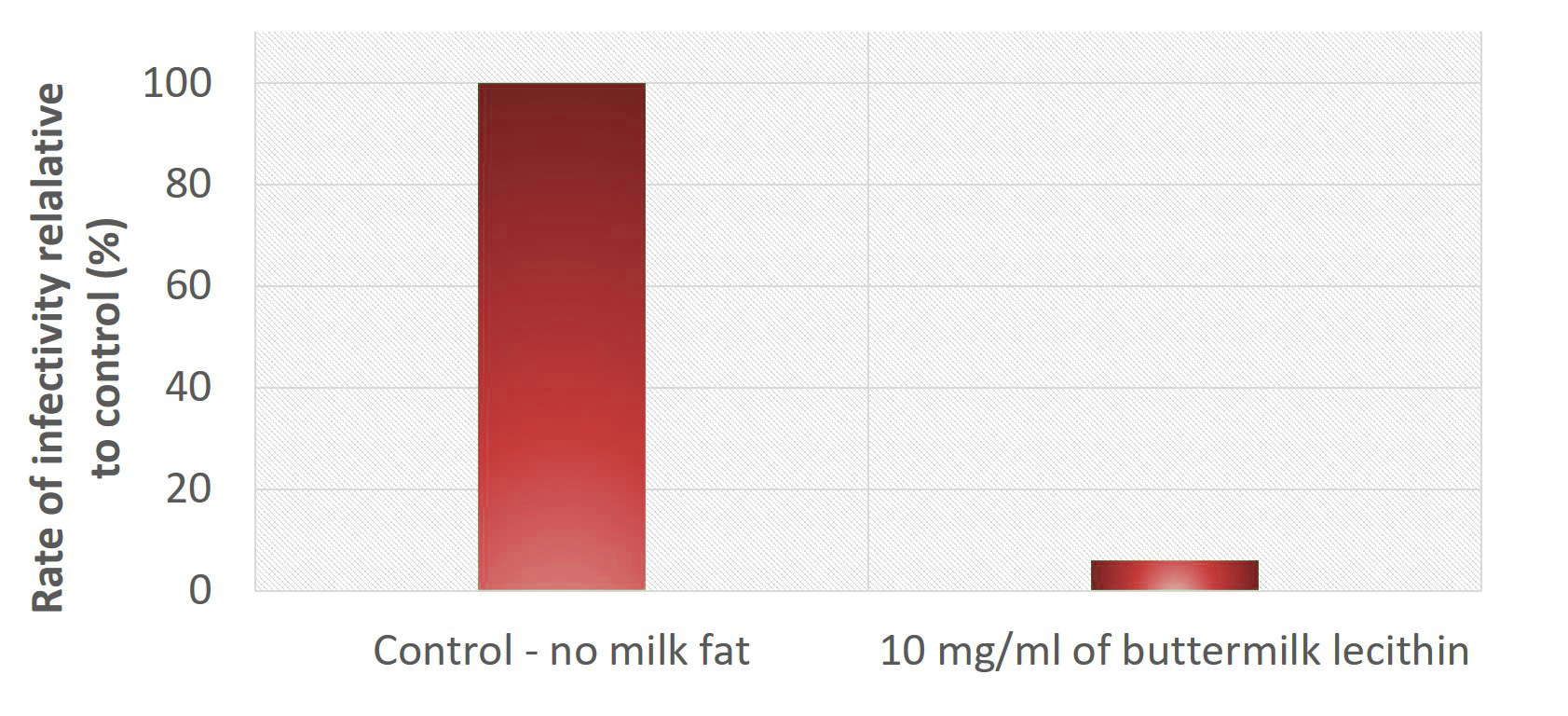SHINE ORIGINAL: 95% Milk Protein


SHINE ORIGINAL: 17% Fat


- Labour saving
- Earlier consumption of concentrates
- Accelerated rumen development
- Highly digestible for the young calf
- Boosted immunity
- Significantly reduces labour associated with feeding calves
Using a once a day feed programme has the benefit of saving hugely on labour without any additional cost of investment. A farmer rearing 40 calves once a day can save 50 hours of work. As it takes less time to feed the calves, it allows for increased attention to detail when it comes to other calf rearing areas such as housing, bedding and illness.
Compared to offering milk 2+ times daily, feeding once a day allows earlier consumption of concentrates and accelerated rumen development (Table 1) without any compromise in health or growth (Table 2). This allows for earlier weaning (approximately one week earlier) which saves the amount of liquid feed each calves consumes, the most expensive feed in their lifetime. As the calves’ rumen is more developed at weaning, their post-weaning performance is better, continuing with steady growth rates.
| OAD | TAD | Sig | % Increase |
| Papillae Density | 84.8 | 64.7 | 0.006 | 30% |
| Papillae Absorption area | 98.1 | 62.4 | 0.002 | 57% |
Table 1. Rumen development in calves fed once a day (OAD) and twice a day (TAD)
| Liveweight | OAD | TAD |
| Start | 57 kg | 57 kg |
| 3 Weeks | 66 kg | 63 kg |
| 6 Weeks | 85 kg | 82 kg |
| 12 Weeks | 132 kg | 124 kg |
Table 2. Liveweight in preweaned calves fed once a day (OAD) and twice a day (TAD)
The key to once a day benefiting calves is the ingredients used in the milk replacer blend (Figure 1). Milk proteins which are slowly digested are fundamental – this would be skim milk protein. Skim and buttermilk form a clot in the abomasum of the calf which is then broken down throughout the day. Whey protein is rapidly digested, entering the small intestine from the abomasum an hour after consumption and thus is not suitable for once a day feeding. Calves fed shine once a day are more content as they are being ‘drip fed’ protein all day long. Buttermilk is digested in a similar way to skim milk while its lactic acid flavour reduces stomach upsets and feed refusals. The lecithin (skin of the milk fat globule) acts as an emulsifier thus helping to breakdown other fats consumed by the calf. Additionally, research in France by Fuller et al. (2013) has reported that inclusion of buttermilk reduces rotavirus infectivity (Figure 2).

Figure 1. Digestion of milk in the calf

Figure 2. Effect of buttermilk fat on rotavirus infectivity. Adapted from Fuller et al., 2013
The blend of fat in the milk replacer can also play a very important role by improved digestibility and immunity. Certain fats are known as ‘hard fats’ and are more difficult to digest. As they take longer to process the calf feels full for longer and is not enticed to consume concentrates. Having a good balance of short, medium and long chained fatty acids is important. Moreover, the blend of Omega 6:3 deserves important consideration. In cows milk the inclusion is 100:1 while in shine once a day it is 2.8:1 which has been suggested by Hill et al. (2011) to improve the calf’s ability to combat pneumonia by reducing rectal temperatures and inflammation (Figure 3).

Figure 3. Effect of fat blend on reaction to Pasteurella vaccination. Hill et al., 2013
Contact us
Bonanza Calf Nutrition
Producers of the renowned Shine range of milk replacers for calves and lambs.
© 2017 Bonanza Calf Nutrition Ltd.
FIND US
